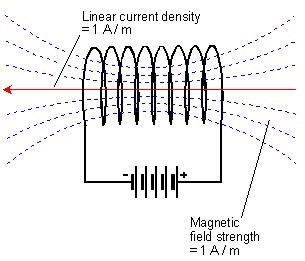My Friends,
This thread spawns from this post: Here.
The Magnetic Field has two common properties:
- Magnetic Field Density B
- Magnetic Field Strength H
These two properties are directly related to each other, via the Permeability of Free Space: B = μ0 • H. However in a Cored Coil, the Magnetic Permeability is added, μ0 and μr are the difference between B and H. The Equation is:
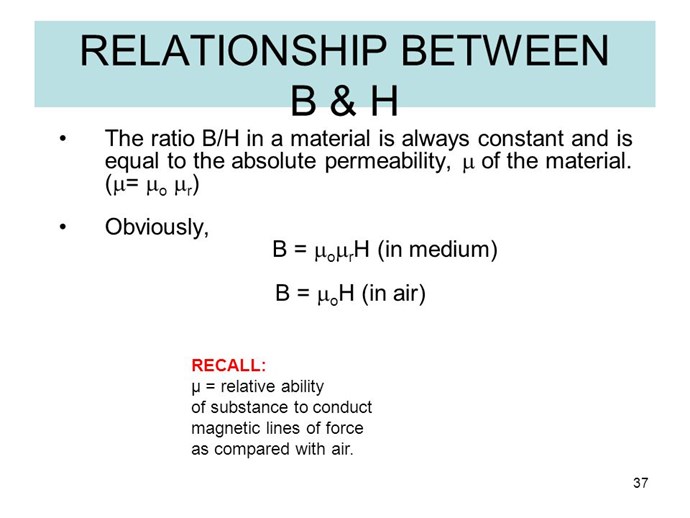
On this forum, we cover the Magnetic Field B in most aspects! Of course by now, you will know, B is the Lines of Flux for a given Window area or Cross Sectional Area:
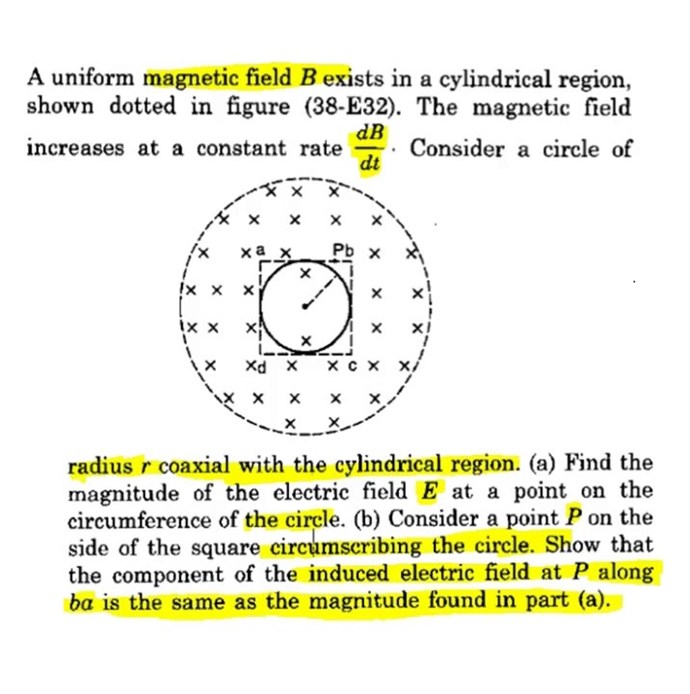
These Lines of Flux, are seen better here: ( Note the Inverse Square Law )
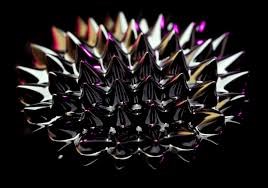
This is why Cross Sectional Area is important, its the area of Lines of Flux inside the Coil.
We have very little cover on Magnetic Field H! I think its time we look a little more into it, as it is an important aspect!
First of all, Andrey Melnichenko used this term:
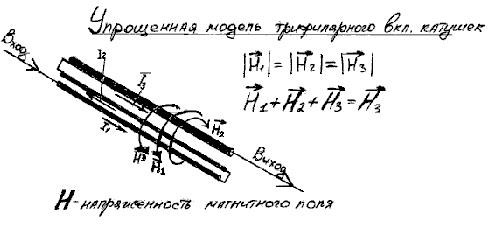
I used this image in the first post, in: Chris's Non-Inductive Coil Experiment
I have used M.M.F instead of Magnetic Field Strength H, because I find it easier to Visualise, and apply to every day experiments. Even though they are not the same things, but are intimately related to each other.
H = M.M.F / l
- H = Magnetic field strength measured in Amperes per meter ( Am-1 ).
- M.M.F = Magneto motive force measured in Ampere Turns ( At ).
- l = Average length of Magnetic circuit measured in meters ( m ).
With this, you may see why I use MMF most of the time, it is easier, in my opinion!
Already covered, in the for mentioned post:
The ampere per meter (symbolized A/m) is the International Unit of magnetic field strength. It is derived from basic standard units, but is expressed directly in base units and cannot be further reduced.
Consider the interior of a long, cylindrical coil with a single winding and an air core. Suppose that the linear current density in this coil is 1 ampere per meter of displacement as measured along the coil axis. (This expression differs from current density per unit area, which is expressed in amperes per meter squared .) Then the magnetic field strength in the interior of the coil is defined as 1 A/m.
For a given coil, the magnetic field strength is directly proportional to the linear current density. Thus, if the linear current density doubles, so does the magnetic field strength; if the linear current density becomes 1/10 as great, the magnetic field strength also diminishes by a factor of 10.
Sometimes, magnetic field strength is expressed in units called oersteds (symbolized Oe). The oersted is a larger unit than the ampere per meter. Approximate conversions are:
1 Oe = 79.578 A/m
1 A/m = 0.012566 Oe
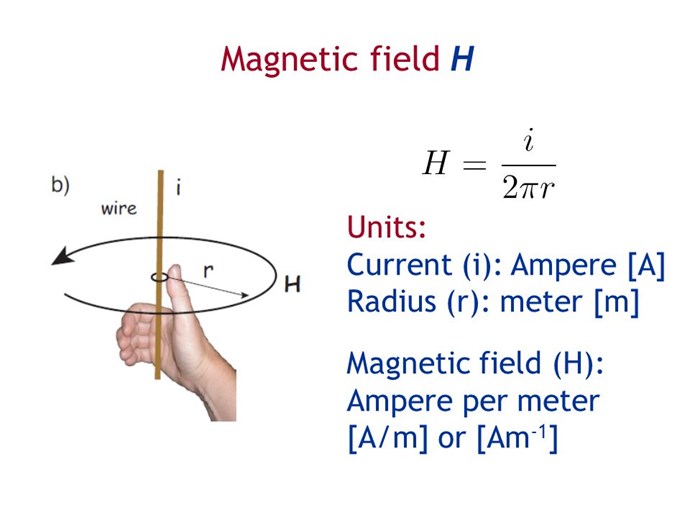
Which converts to Joules per square Ampere:
Joule Per Square Ampere (J/A2) is a unit in the category of Electric inductance. It is also known as joule/square ampere. Joule Per Square Ampere ( J/A2 ) has a dimension of ML2T-2I-2 where M is mass, L is length, T is time, and I is electric current. It essentially the same as the corresponding standard SI unit H.
Amperes per meter ( Am-1 ), is Current Density ( J ), and is the Unit of which Ampere's Law uses to calculate Magnetic Fields:
The current density is an important parameter in Ampère's circuital law (one of Maxwell's equations), which relates current density to magnetic field. In special relativity theory, charge and current are combined into a 4-vector.
Current density is related to Area:
Current density or electric current density is related to electromagnetism and is defined as the amount of electric current flowing through a unit cross-sectional area. It is a vector quantity. The SI unit of electric current density is ampere per square meter. The symbol "J" is used for electric current density.
Which is not Current ( I ), measured in units of Amp ( A ), a different Unit:
As of the 2019 redefinition of the SI base units, the ampere is defined by setting the magnitude of the elementary charge to 1.602176634×10−19, which means an ampere is an electrical current equivalent to 1019 elementary charges passing every 1.602176634 seconds.
I hope this small, and some what brief thread helps others!
Best Wishes,
Chris
P.S: As always, please point out any errors or convention inconsistencies, I know there are one or two.


